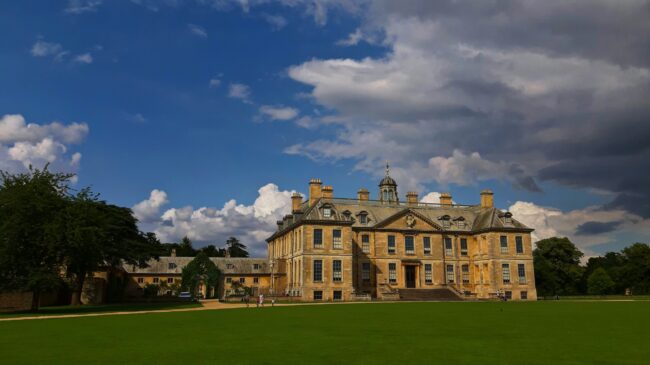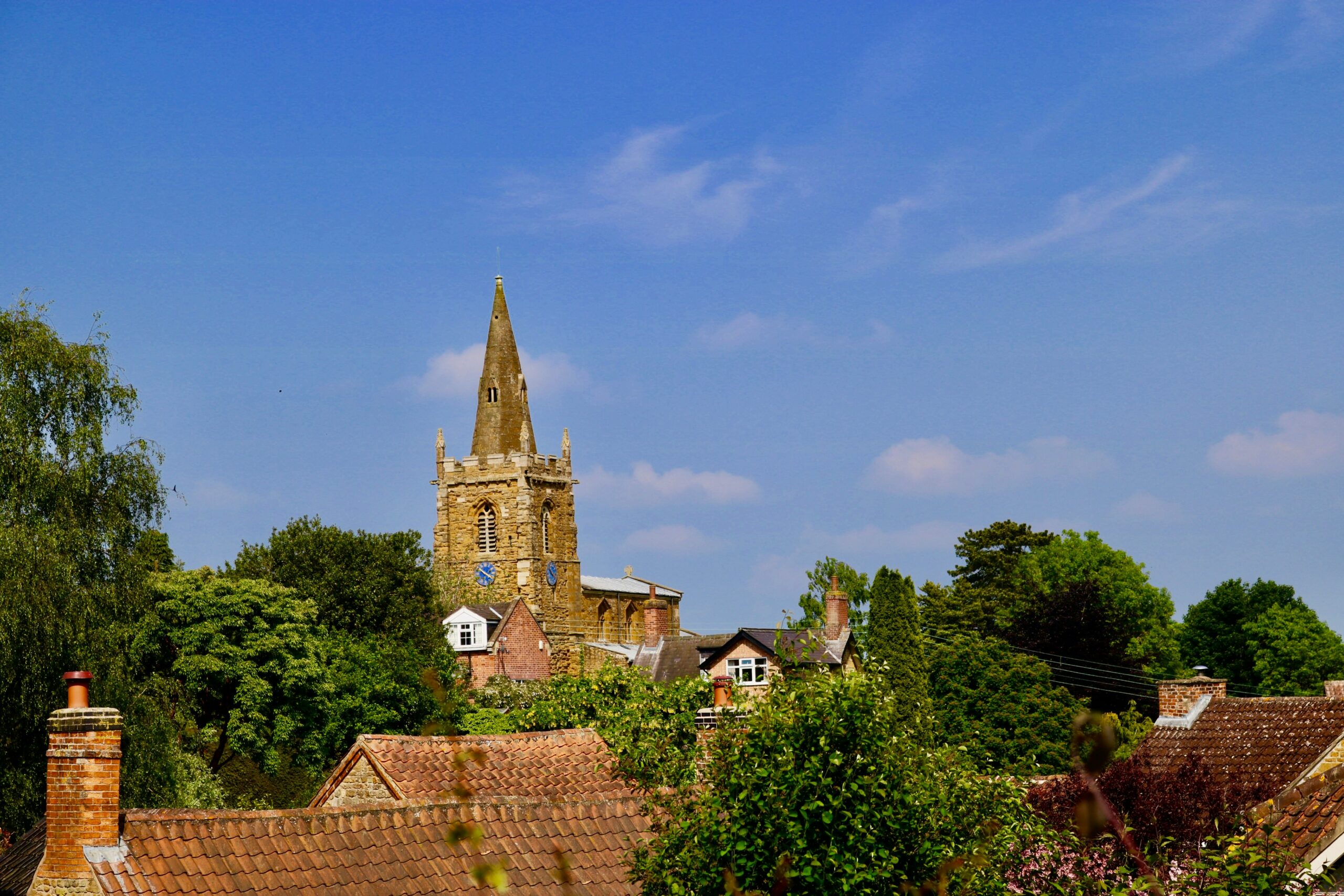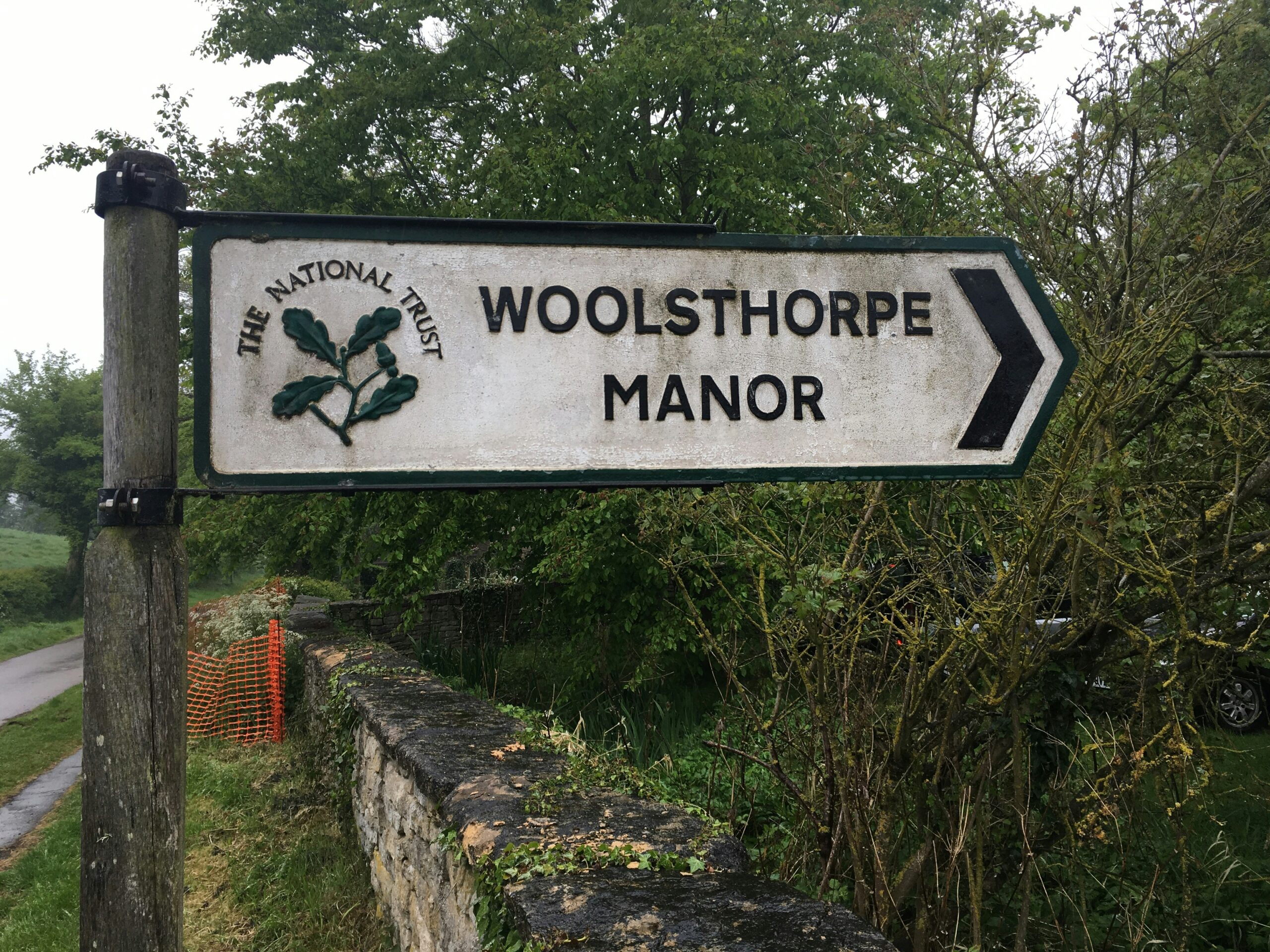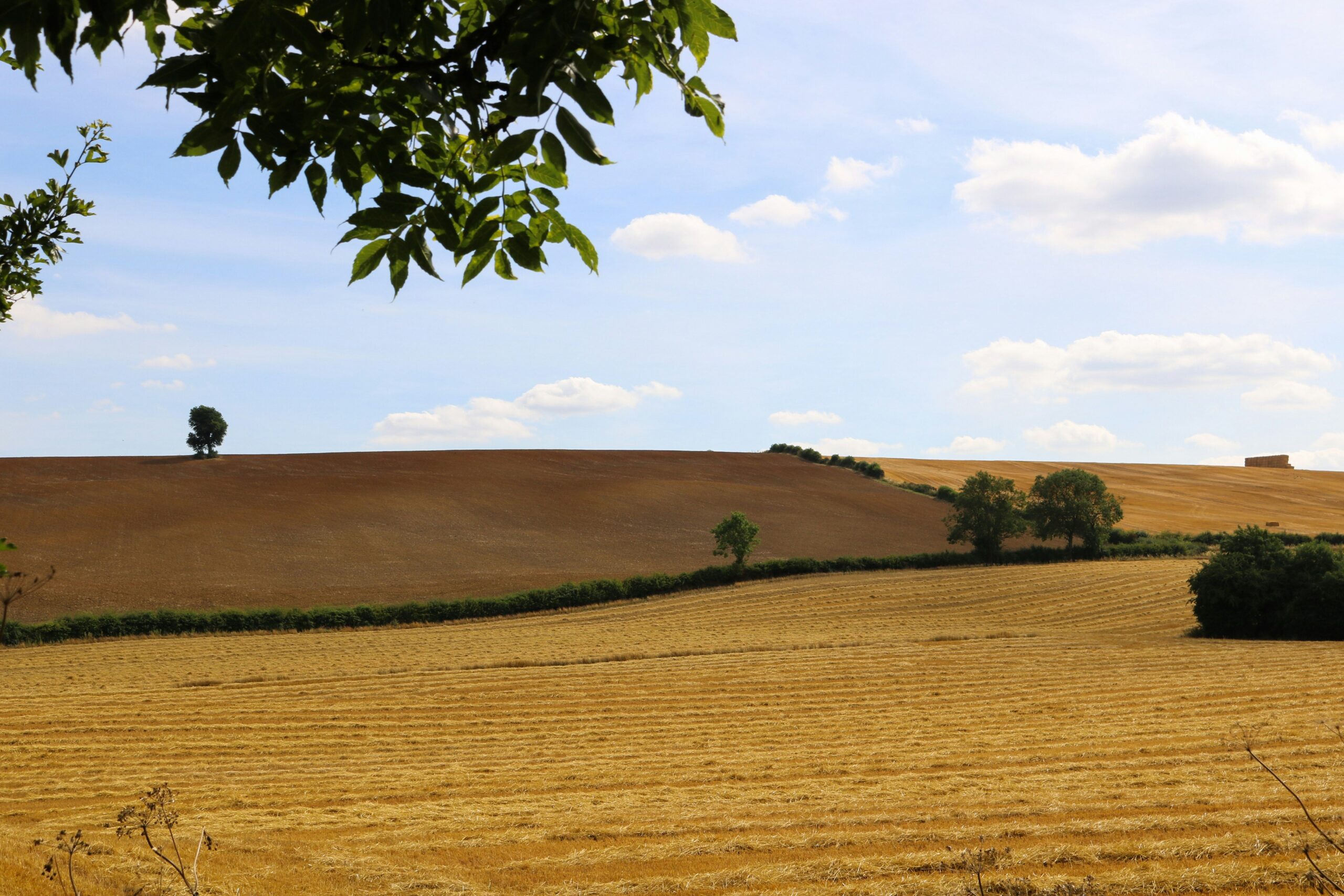Call me back
Please let us know how we can contact you and a suitable time to get in touch.

27 September 2024
We’ve pulled together some key information about Grantham, so visitors and residents alike can hopefully see why we love it so much. The data was aggregated in the second half of 2024.
Grantham’s history stretches back over a millennium, with its roots believed to be planted in Anglo-Saxon times. The town’s name is believed to derive from the Old English “Granta ham,” meaning “Granta’s homestead”.
Early Beginnings Archaeological evidence suggests human activity in the area dating back to the Bronze Age. However, it was during the Anglo-Saxon period that Grantham began to take shape as a settlement. By the time of the Domesday Book in 1086, Grantham had grown into a thriving market town with a population of around 1,300 inhabitants.
Medieval Growth The town’s strategic location on the Great North Road, an important trade route connecting London to York and Edinburgh, contributed significantly to its growth during the medieval period. In 1463, King Edward III granted Grantham its first charter, allowing for the election of an alderman and establishing the town’s right to hold markets and fairs.
Tudor and Stuart Eras Grantham continued to prosper through the Tudor and Stuart periods. The town’s grammar school, now known as The King’s School, was founded in 1528 and would later educate one of its most famous pupils, Sir Isaac Newton who attended from 1655.
Industrial Revolution and Beyond The arrival of the railway in 1850 marked a new chapter in Grantham’s history, further boosting its economy and population. The town became known for its engineering prowess, particularly in the production of diesel engines and agricultural machinery.
World War II During World War II, Grantham played a significant role due to its strategic importance as a railway junction and its proximity to several Royal Air Force bases. The town suffered some bomb damage and is now widely regarded as the most bombed town of its size during that war.
Post-War Era In the post-war years, Grantham gained worldwide recognition as the birthplace of Margaret Thatcher, who would go on to become Britain’s first female Prime Minister. The town has continued to evolve, balancing its rich historical heritage with modern development and regeneration projects which we discuss below.

Grantham is situated in the East Midlands region of England, specifically in the South Kesteven district of Lincolnshire. Its geographical location and natural features have played a significant role in shaping the town’s development and character.
Location
Grantham lies approximately 33 miles south of Lincoln and 24 miles (39 km) east of Nottingham. The town is positioned at 52.91208112281259, -0.6456420075308584, placing it in the heart of England’s agricultural belt.
Topography
The town is built on gently rolling hills, with an average elevation of about 85 meters above sea level. The surrounding landscape is characterised by undulating countryside, typical of the East Midlands region.
River System
Grantham is situated on the banks of the River Witham, which flows northward through the town. The river has been crucial to Grantham’s development, historically providing water for agriculture and industry.
Geology
The area’s underlying geology consists primarily of Jurassic limestone and clay. This geological composition has influenced local architecture, with many historic buildings constructed using locally quarried Tealby limestone.
Climate
Grantham experiences a temperate maritime climate, typical of the British Isles. Summers are generally mild, with average high temperatures around 21°C (70°F) in July. Winters are cool, with average lows around 1°C (34°F) in January. The town receives an average annual rainfall of about 600mm (24 inches), distributed fairly evenly throughout the year.
Green Spaces
Despite its urban development, Grantham maintains several green spaces. Wyndham Park, located along the River Witham just north of Grantham town, provides a significant area of public parkland. The town is also surrounded by agricultural land, contributing to its semi-rural character.
Environmental Considerations
Like many UK towns, Grantham faces environmental challenges, including flood risk management along the River Witham and efforts to reduce carbon emissions. The local council has implemented various initiatives to promote sustainability and protect the town’s natural environment.
Surrounding Area
Grantham is situated in the wider Vale of Belvoir, an area known for its picturesque landscapes and agricultural productivity. The town serves as a gateway to the Lincolnshire Wolds, an Area of Outstanding Natural Beauty located to the northeast. This expanded geography section provides a more detailed overview of Grantham’s physical location, natural features, and environmental context, highlighting how these geographical factors have influenced the town’s development and continue to shape its character today.
Grantham’s economy has evolved significantly over the centuries, transitioning from a medieval market town to a modern, diversified economic centre. The town’s strategic location and industrial heritage continue to influence its economic landscape.
Historical Economic Foundations
Historically, Grantham’s economy was rooted in agriculture and related industries. The wool trade was particularly significant during the medieval period, with the town serving as an important market for local sheep farmers. Leather production and tanning were also key industries, capitalising on the abundance of livestock in the surrounding countryside.
Industrial Revolution and Engineering
The arrival of the Industrial Revolution brought significant changes to Grantham’s economy. The town became renowned for its engineering prowess, particularly in the production of diesel engines and agricultural machinery. Richard Hornsby & Sons, founded in 1815, became one of the town’s largest employers, known for innovations in traction engines and oil engines.
Modern Industrial Sectors
Today, engineering remains a crucial part of Grantham’s economy, albeit in more specialised forms:
Food Processing and Agriculture
Building on its agricultural roots, Grantham has developed a strong food processing sector:
Retail and Services
The town centre hosts a mix of national chains and independent retailers. The weekly Saturday market held on Westgate & the Marketplace, a tradition dating back centuries, continues to play a role in the local economy. Service industries, including healthcare, education, and hospitality, are also significant employers.
Technology and Innovation
Efforts are underway to diversify Grantham’s economy further:
Tourism
While not a primary economic driver, tourism contributes to Grantham’s economy:
Challenges and Opportunities
Like many towns up and down the UK, Grantham faces economic challenges:
However, the town is actively working to address these challenges through various initiatives:
This expanded economy section provides a more comprehensive overview of Grantham’s economic evolution, current sectors, and future directions, highlighting the town’s efforts to build on its industrial heritage while adapting to modern economic realities.
Grantham’s strategic location has long made it an important transportation hub, with its development closely tied to evolving modes of travel. The town’s transportation infrastructure continues to play a crucial role in its economy and connectivity.
Railway
Grantham’s railway station is a key feature of the town’s transportation network:
Roads
The town benefits from excellent road connections:
Bus Services
Local and regional bus services provide important connections:
Cycling and Walking
Efforts are being made to promote sustainable transportation:
Air Travel
While Grantham doesn’t have its own airport, it benefits from proximity to several regional airports:
Historical Transportation
Grantham’s transportation history includes some notable features:
Future Developments
Several transportation projects are planned or underway:
Challenges
Like many UK towns, Grantham faces transportation challenges:
Grantham has a rich educational heritage and continues to offer a diverse range of educational opportunities for residents of all ages. The town’s educational institutions have played a significant role in shaping its character and producing notable alumni.
Primary and Secondary Education
Grantham boasts a variety of primary and secondary schools:
The King’s School
The King’s School deserves special mention due to its historical significance:
Further Education
Grantham College is the primary provider of further education in the town:
Higher Education
While Grantham doesn’t have its own university, it has connections to higher education:
Special Educational Needs
Grantham is committed to inclusive education:
Adult and Community Education
Lifelong learning opportunities are available through various channels:
Educational Heritage
Grantham’s educational heritage is celebrated and preserved:
Challenges and Future Developments
Like many areas in the UK, Grantham’s education sector faces challenges:
Future developments in Grantham’s education sector include:
Grantham boasts a rich cultural heritage and a variety of attractions that reflect its historical significance and contemporary vibrancy. From architectural marvels to natural beauty, the town offers a diverse range of experiences for residents and visitors alike.
Historical Landmarks
Grantham’s history is evident in its numerous landmarks:
St Wulfram’s Church
Museums and Cultural Institutions
Grantham’s museums offer insights into the town’s history and famous residents:
While technically just outside Grantham, Belton House is a major attraction:

Grantham offers various venues for arts and entertainment:
Organises talks, walks, and events celebrating the town’s heritage
Tracks Through Grantham – Railway People and Places
A growing website which tells the story of the railway in the Grantham area.
Grantham Library, located on the first floor of the Isaac Newton Centre in Grantham, offers a wide range of resources and services, including books for all ages, study spaces, computers with free WiFi, and access to online tools like Ancestry and Driving Theory Test Pro.
Librarians regularly create outstanding displays celebrating the rich history and notable figures of Grantham, making it a hub for learning and community engagement.
Festivals and Events
Grantham hosts several annual events that showcase its culture:
Natural Attractions in and Around Grantham
The town’s surroundings offer opportunities for outdoor recreation:
Culinary Culture
Grantham has its own culinary traditions:
Grantham has been the birthplace and home to several notable individuals who have made significant contributions to science, politics, literature, and various other fields. These famous residents have not only brought recognition to the town but have also shaped its identity and legacy.
Sir Isaac Newton (1642-1726)
Undoubtedly Grantham’s most renowned former resident:
Margaret Thatcher (1925-2013)
Britain’s first female Prime Minister was born and raised in Grantham:
Edith Smith (1876-1924)
A pioneering figure in law enforcement:
Nicholas Parsons (1923-2020)
Renowned broadcaster and actor:
Henry More (1614-1687)
Prominent philosopher and theologian:
William Stukeley (1687-1765)
Pioneering archaeologist and antiquarian:
Arthur Storer (1645-1687)
Astronomer and childhood friend of Isaac Newton:
Richard Hornsby (1790-1864)
Industrialist and founder of Richard Hornsby & Sons:
Grantham celebrates its famous residents in various ways:
The town continues to recognise and debate the legacies of its famous residents, particularly those of Isaac Newton and Margaret Thatcher.
Grantham offers a variety of parks and green spaces that provide recreational opportunities for residents and visitors alike. These areas contribute significantly to the town’s quality of life, offering spaces for relaxation, exercise, and community gatherings.
Wyndham Park
Wyndham Park is one of Grantham’s most prominent recreational areas:
Key features include:
The park hosts various events and activities, including:
Queen Elizabeth Park Another significant green space in Grantham:
Recent improvements include:
Facilities include:
Dysart Park A haven for outdoor recreation and wildlife:
Walking and Hiking Trails

Grantham and its surrounding areas offer numerous walking and hiking opportunities:
Other Recreational Areas
Grantham boasts a rich architectural heritage that spans several centuries, reflecting its long history as an important market town and its periods of prosperity. The town’s architecture showcases a variety of styles and periods, from medieval to Victorian and beyond.
Georgian and Regency Architecture
Grantham saw significant development during the 18th and early 19th centuries, resulting in many elegant Georgian and Regency buildings:
Grantham House:
A National Trust property dating from the 14th century but with significant Georgian additions.
Various townhouses:
The town centre features numerous well-preserved Georgian townhouses, particularly along Castlegate and Swinegate.
Victorian Architecture
The 19th century brought further architectural diversity to Grantham:
The Guildhall:
Commissioned in 1866 and completed in 1869, this Victorian building in the Italianate style now serves as an arts centre.
Grantham Railway Station:
Opened in 1852, the station building is a good example of mid-Victorian railway architecture. Industrial Architecture
Grantham’s industrial heritage is reflected in several notable structures:
Former Hornsby & Sons Factory:
Some elements of this important engineering site remain, though much of the original factory has been redeveloped. 20th Century and Modern Architecture
More recent additions to Grantham’s architectural landscape include:
Grantham College:
Construction of the main building began in November 1952 and was officially opened on September 8, 1959, representing mid-20th century educational architecture.
Architectural Conservation
Grantham has made efforts to preserve its architectural heritage:
The town centre is designated as a Conservation Area, protecting many of its historic buildings.
The Grantham Townscape Character Assessment, developed by South Kesteven District Council, provides a toolkit for ensuring that future development respects the town’s architectural heritage..
Future Developments Grantham continues to evolve architecturally:
Projects like the refurbishment of historic buildings, funded by the Future High Street Fund, seek to blend preservation with contemporary needs
Grantham’s architecture tells the story of its development from a medieval market town to a modern urban centre, with each era leaving its mark on the townscape.
Grantham hosts a variety of events and festivals throughout the year, celebrating its rich history, culture, and community spirit. These events range from traditional celebrations to modern cultural gatherings, offering something for everyone.
Annual Events
Seasonal Events
Market Events
Sporting Events
Grantham’s local government structure is part of a two-tier system within Lincolnshire. The town falls under the jurisdiction of both South Kesteven District Council and Lincolnshire County Council, each responsible for different aspects of local services and governance. South Kesteven District Council South Kesteven District Council (SKDC) is the primary local authority for Grantham:
Composition: As of July 2024, the council consists of 56 councillors representing 30 wards
Political Control: The council has been under no overall control since the 2023 election. It is currently run by a coalition of some independent councillors with the Greens, Liberal Democrats and Labour
Grantham’s Status Interestingly, Grantham itself is currently an unparished area:
Instead, it has charter trustees to maintain the town’s historic rights and traditions.
However, proposals are being advanced to establish a parish of Grantham, planned to come into effect in 2024
Lincolnshire County Council – While not specific to Grantham, Lincolnshire County Council provides county-level services that affect the town, including:
Future Developments Several initiatives are shaping Grantham’s local governance:
Grantham Parish Creation: The proposed establishment of a Grantham parish council in 2024 would give the town its own tier of local government, potentially increasing local decision-making power
Regeneration Projects: The council is overseeing significant regeneration efforts in Grantham, including:
Community Engagement: The council is actively involving residents in local projects, such as the craft workshops for creating decorations for a community festival in autumn 2024
Environmental Initiatives: SKDC has declared a climate emergency and set targets for reducing carbon emissions, aiming to make the district a low-carbon area by 2030
Please let us know how we can contact you and a suitable time to get in touch.